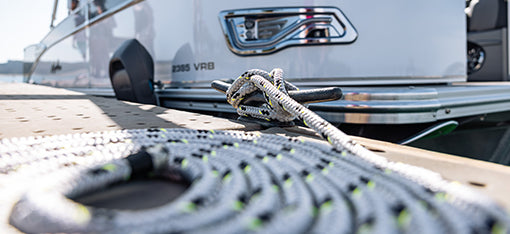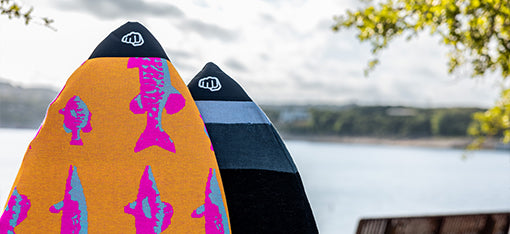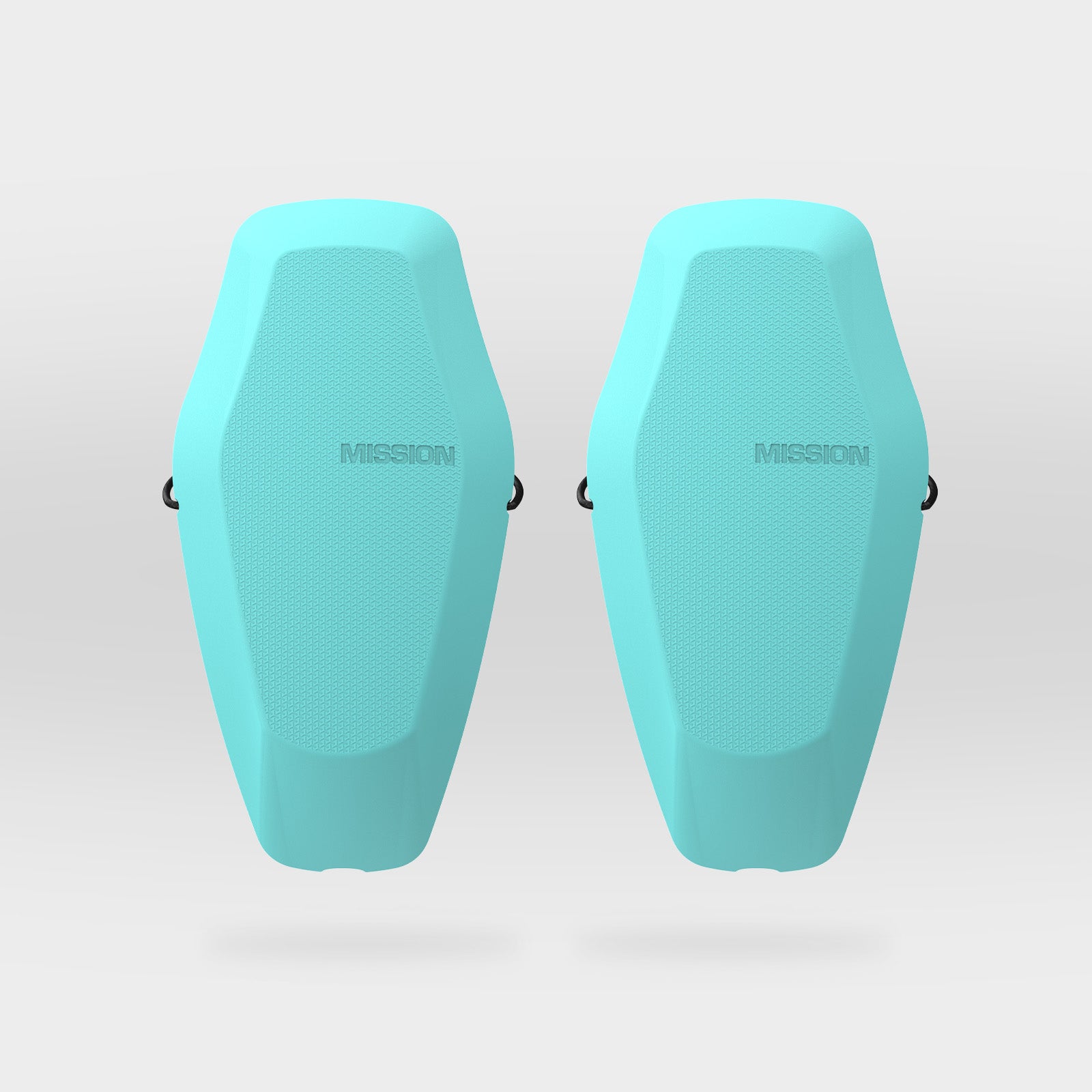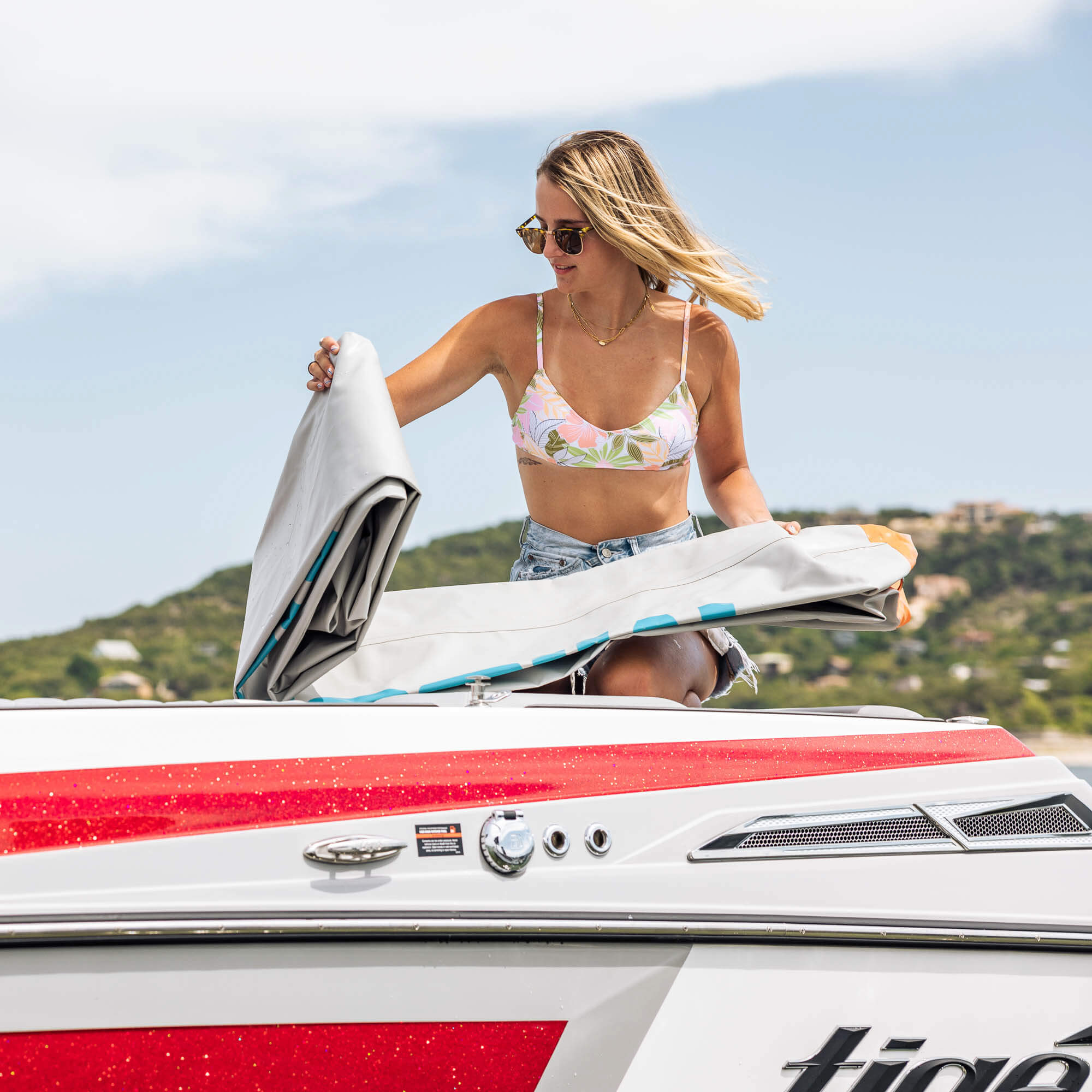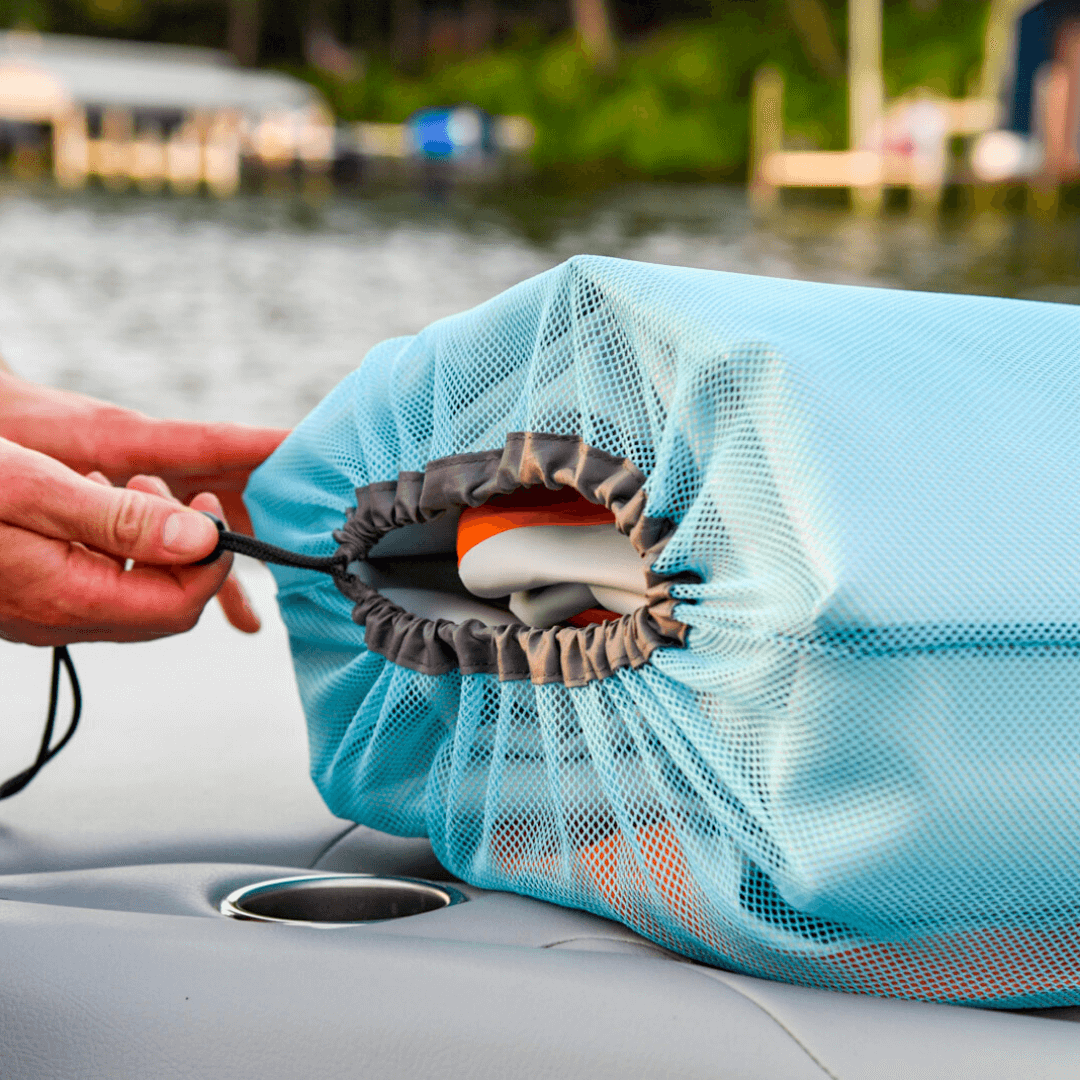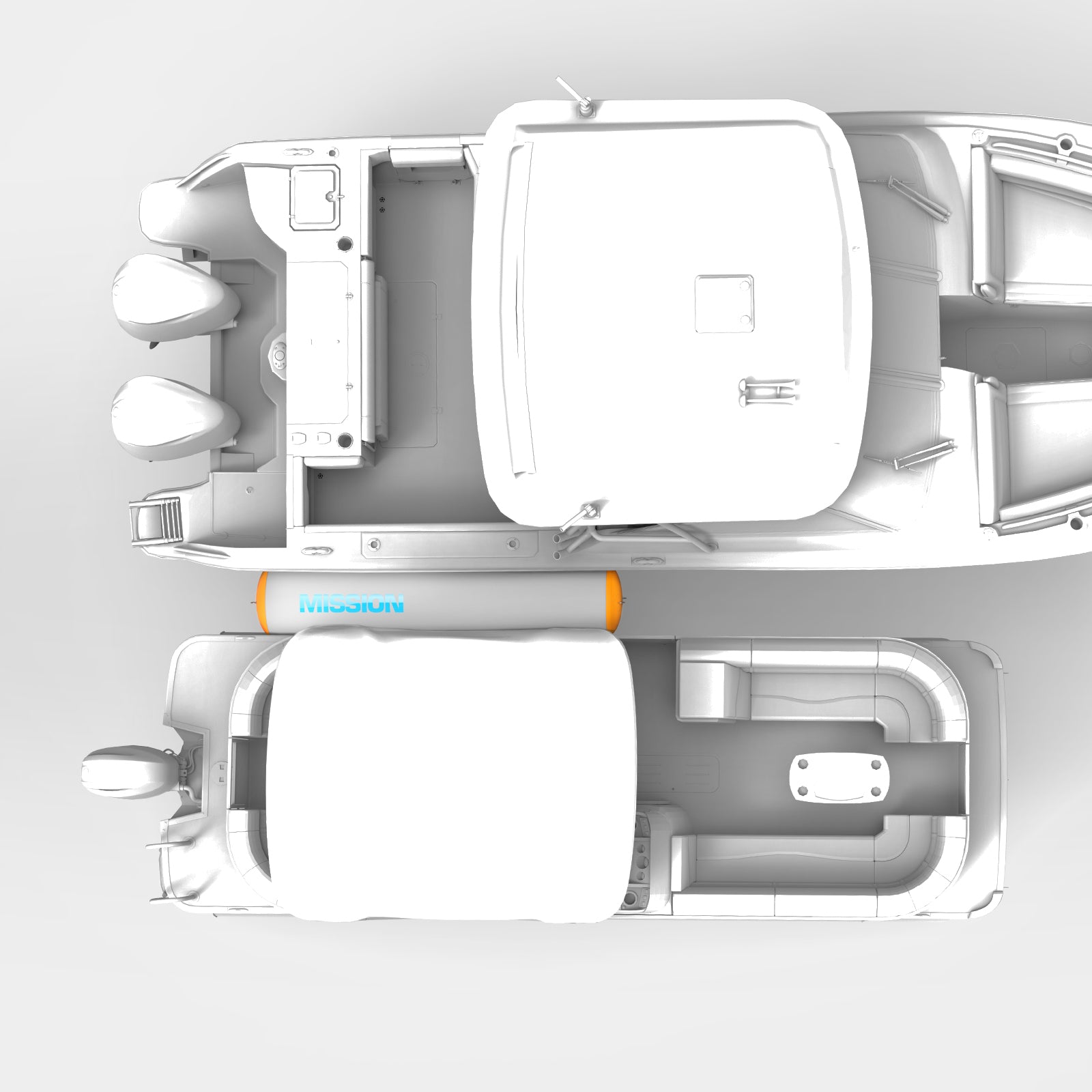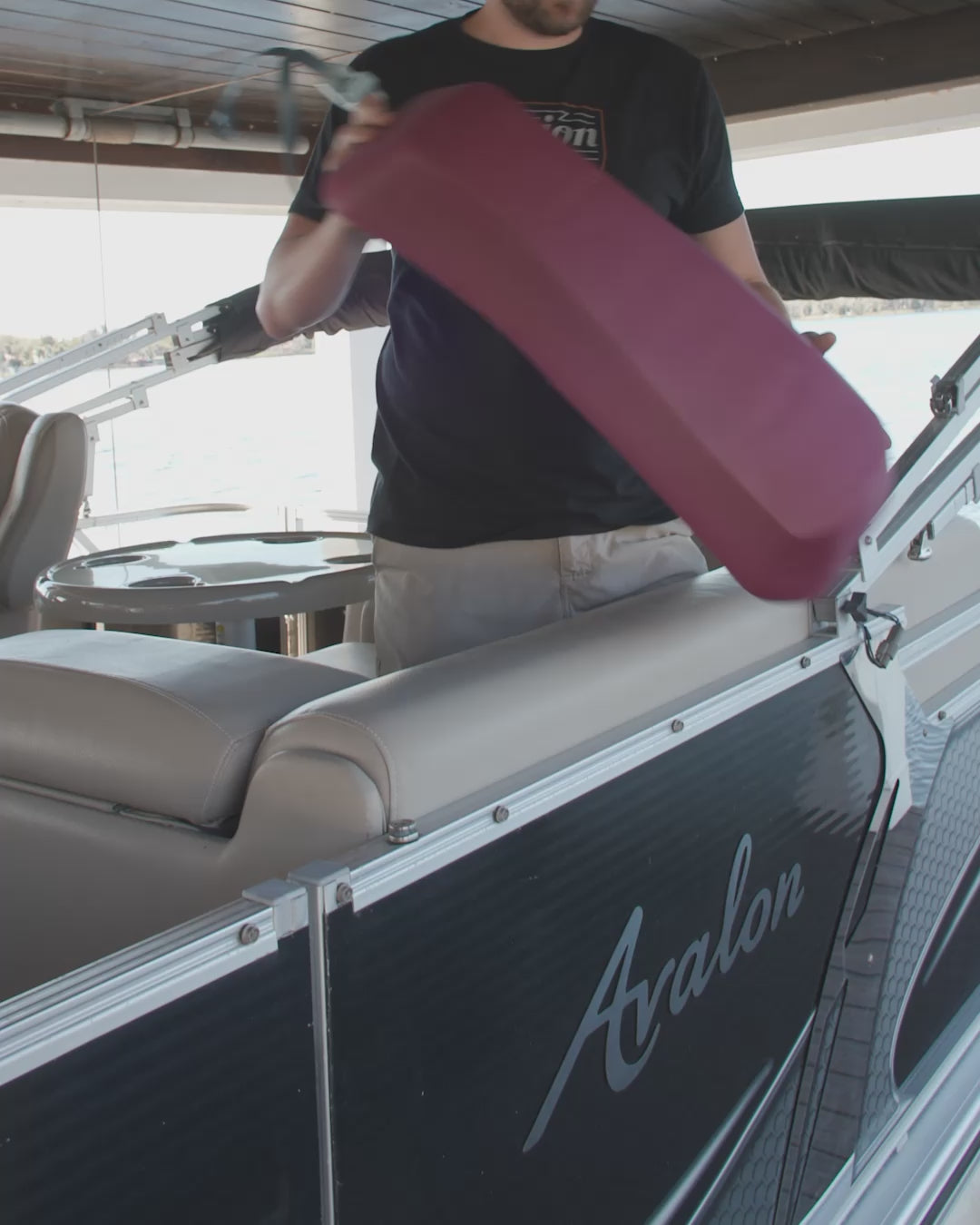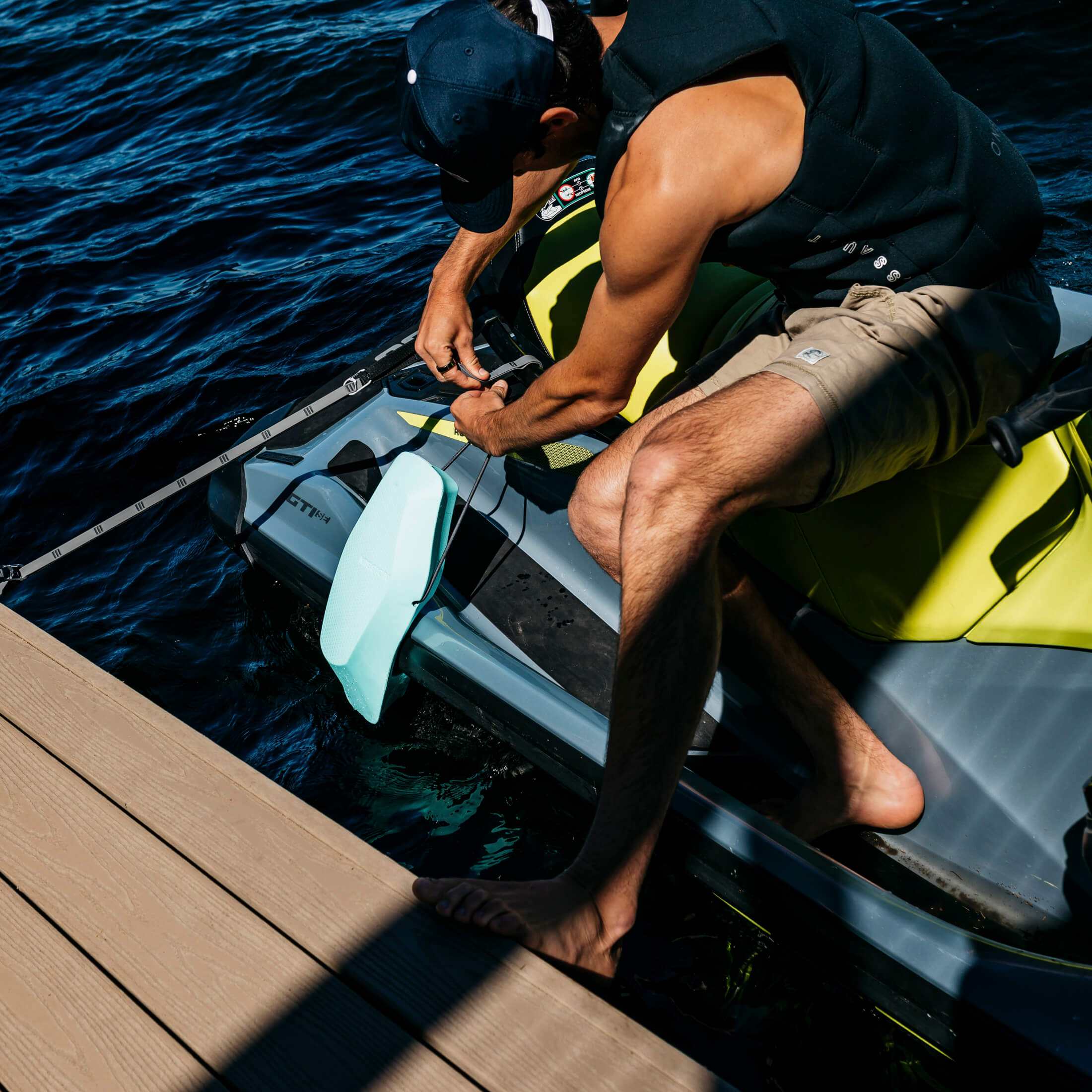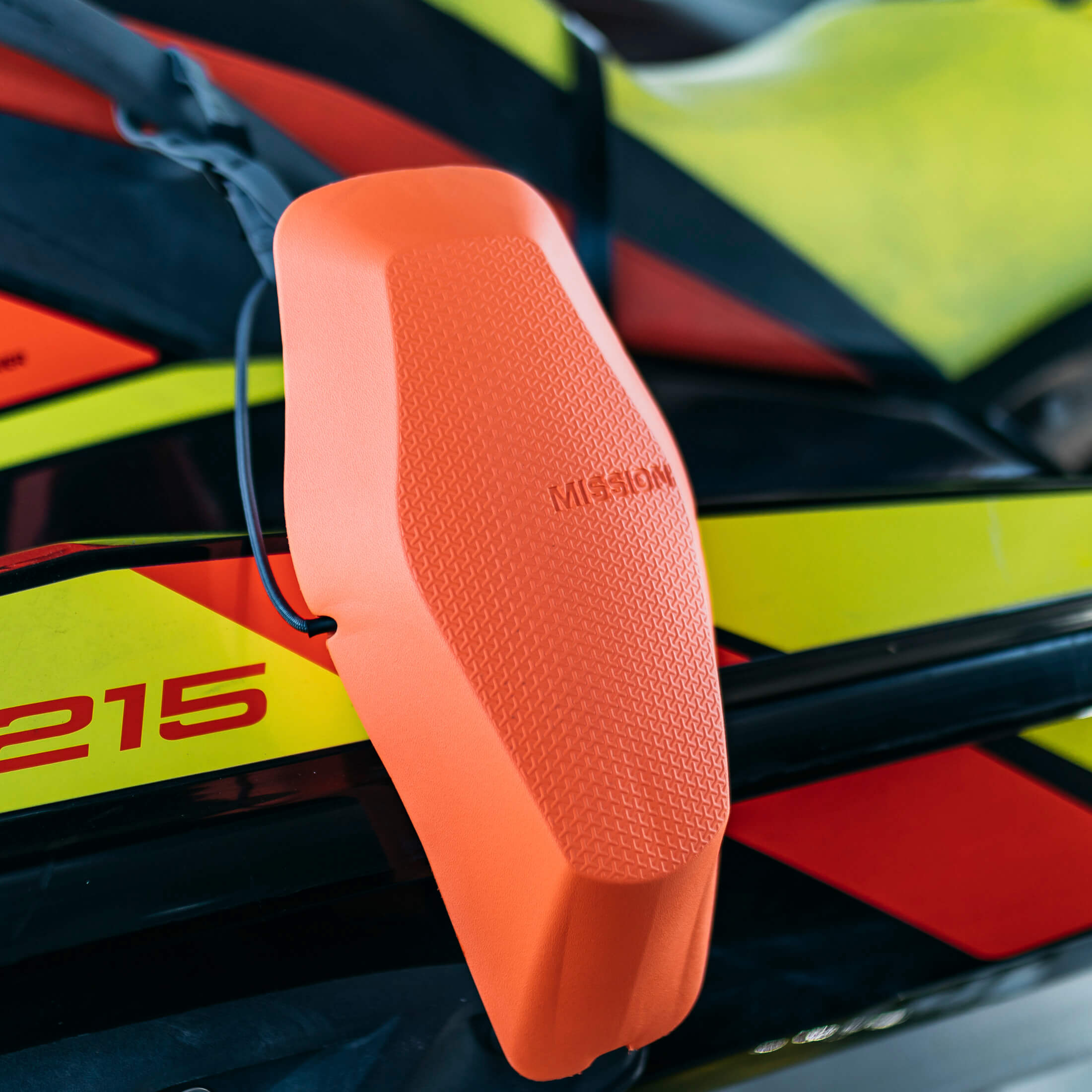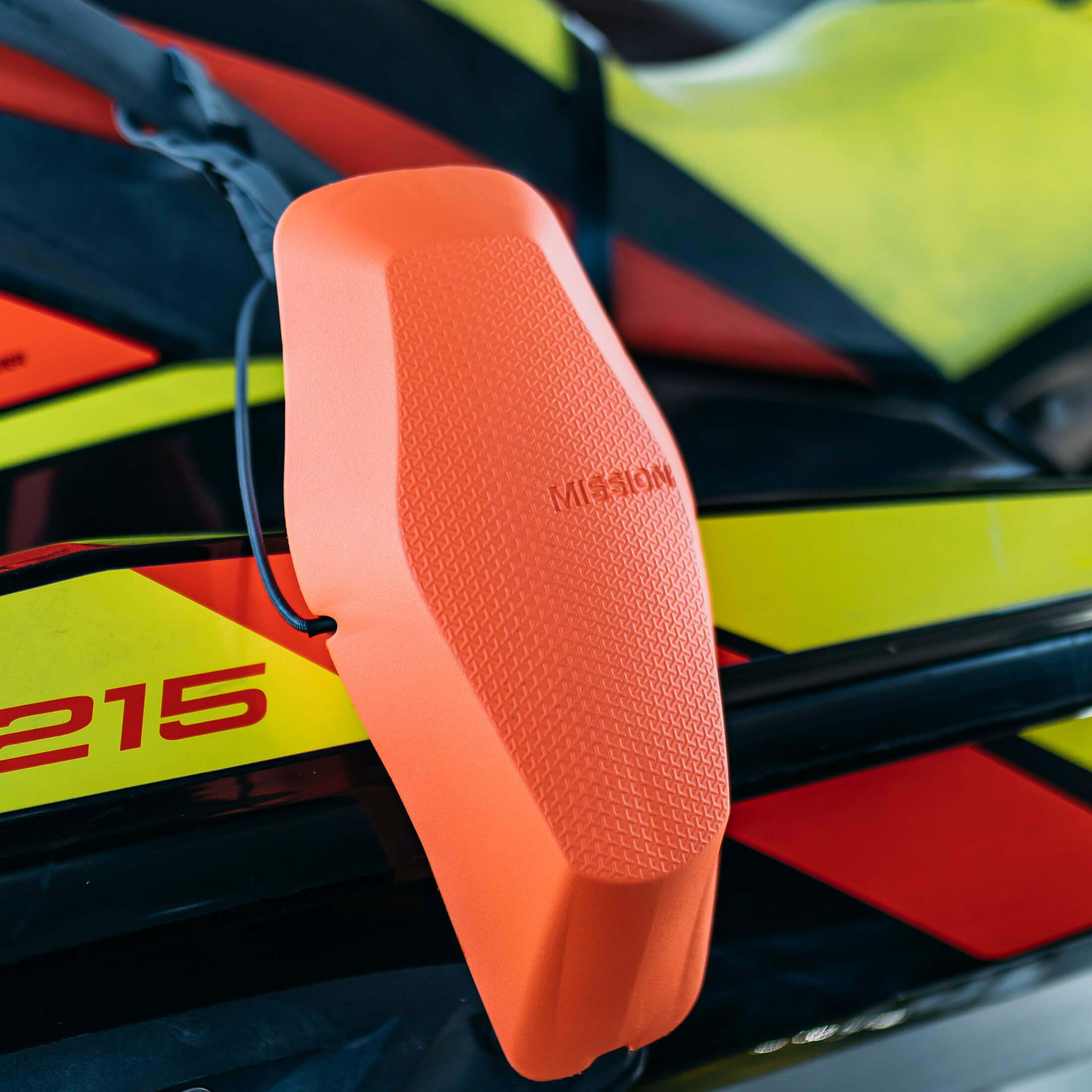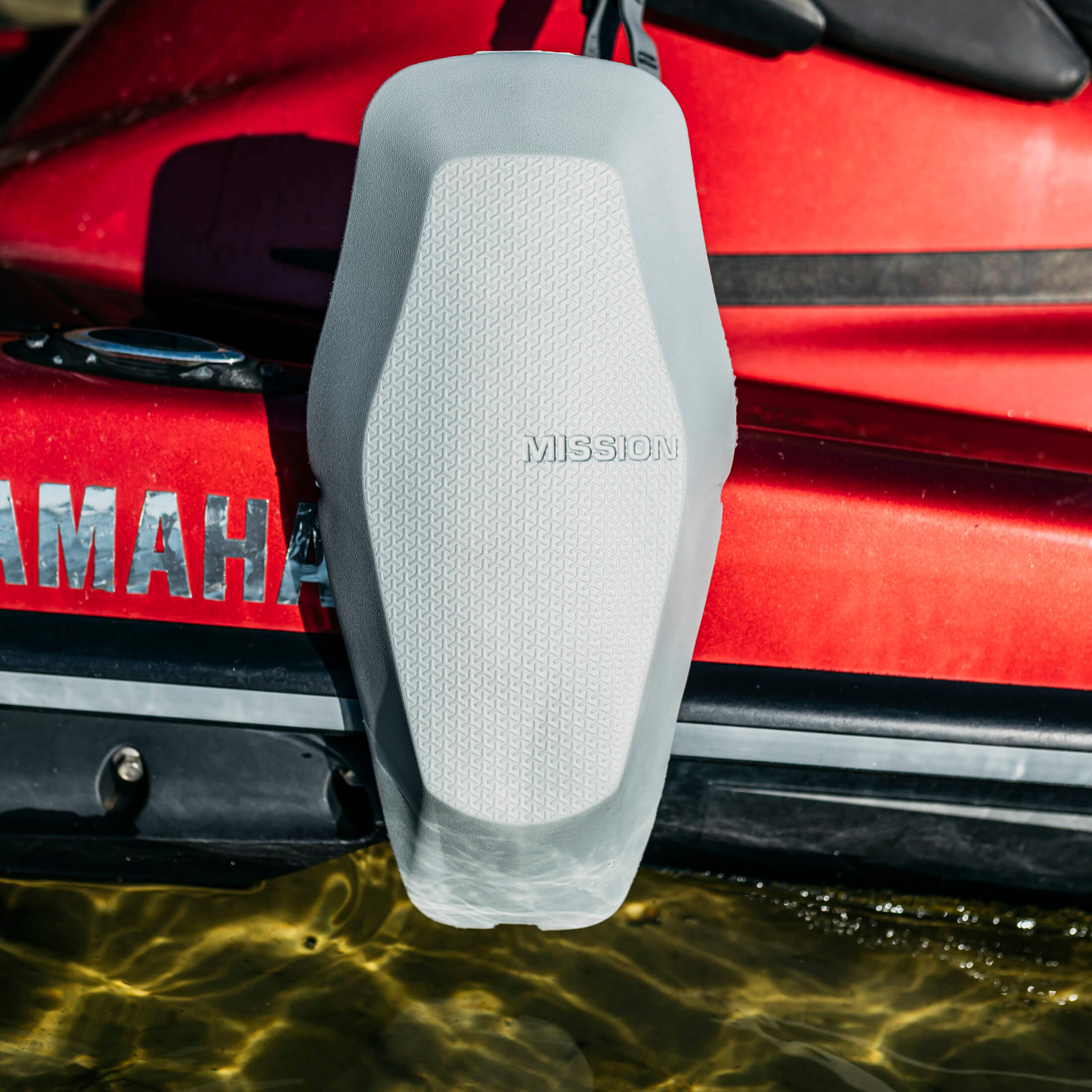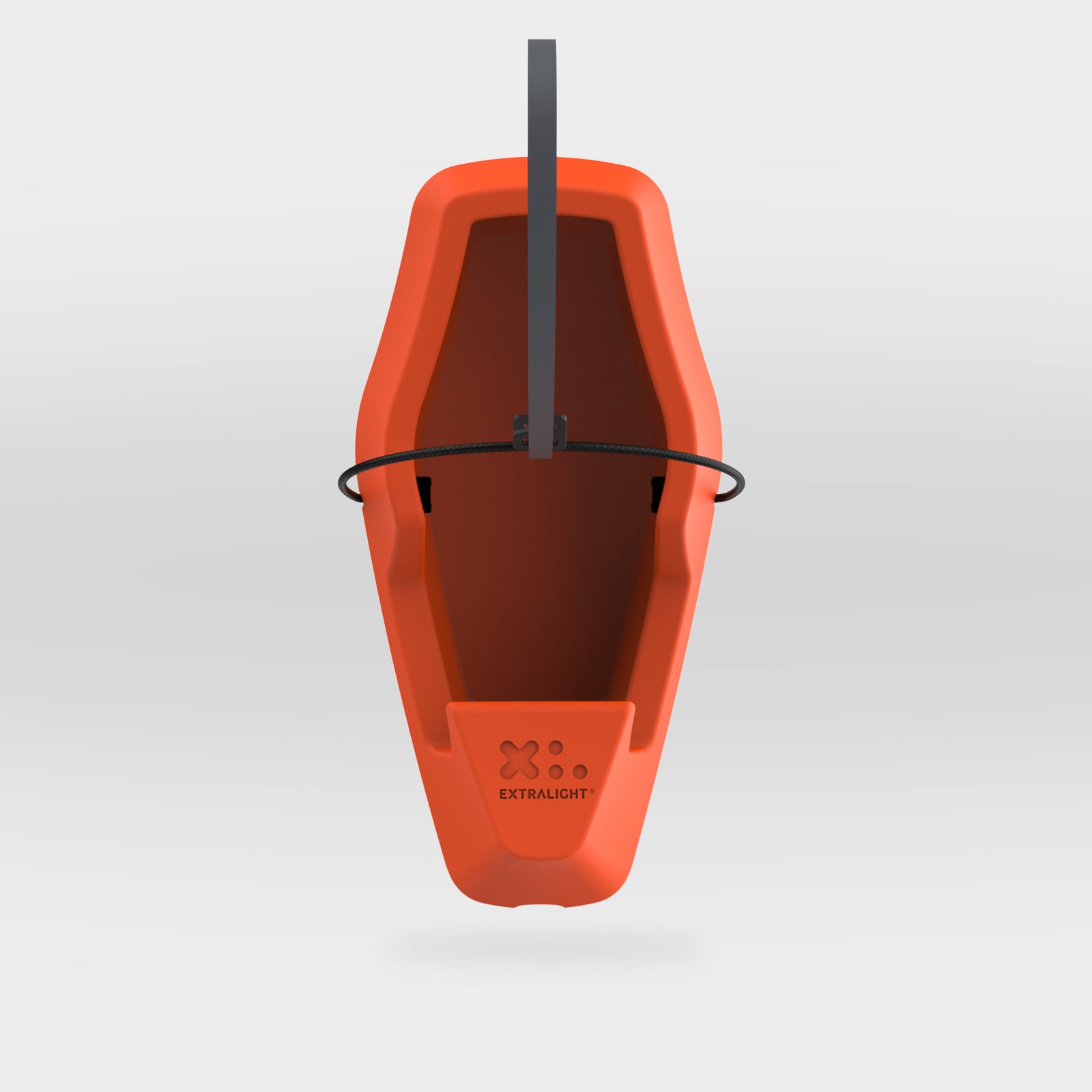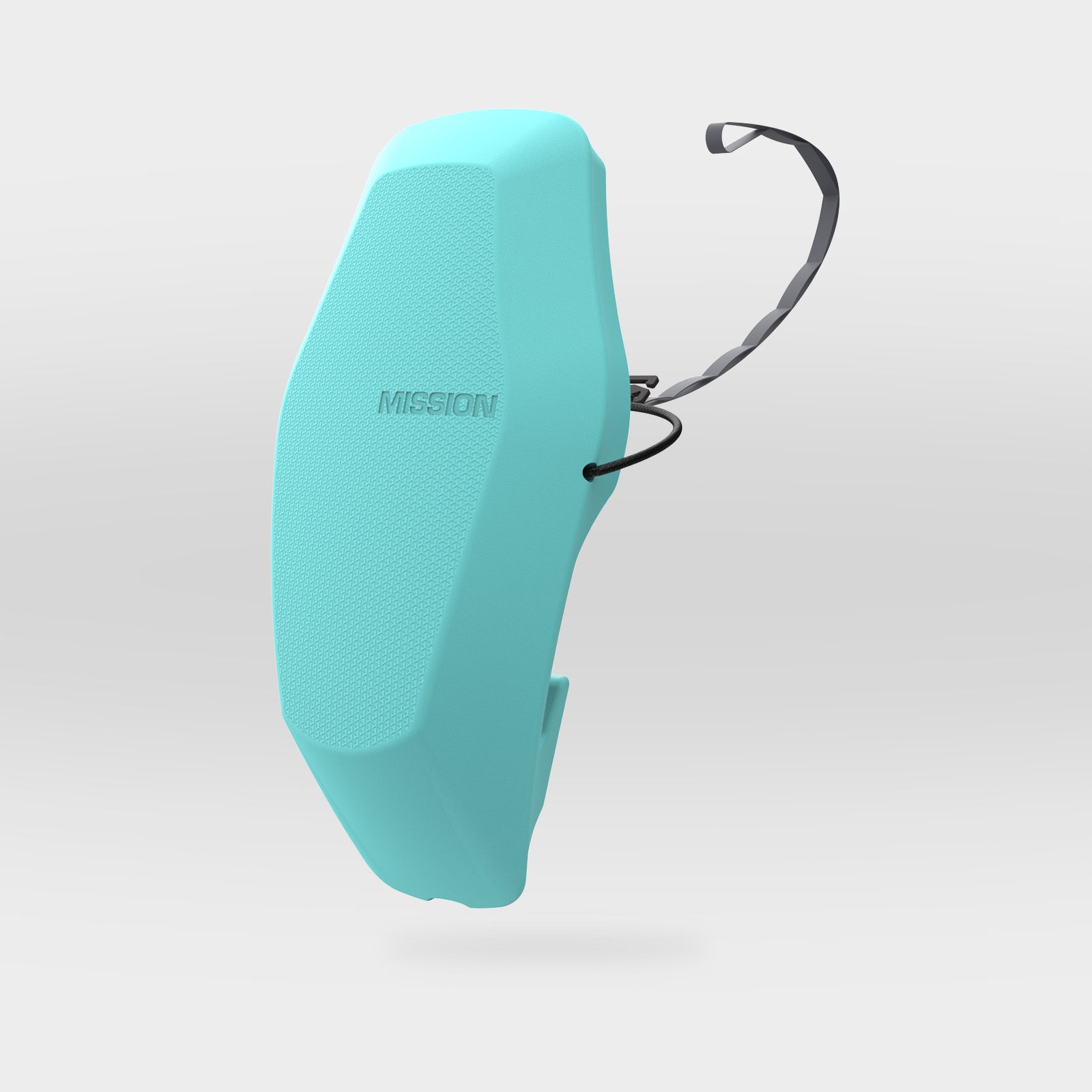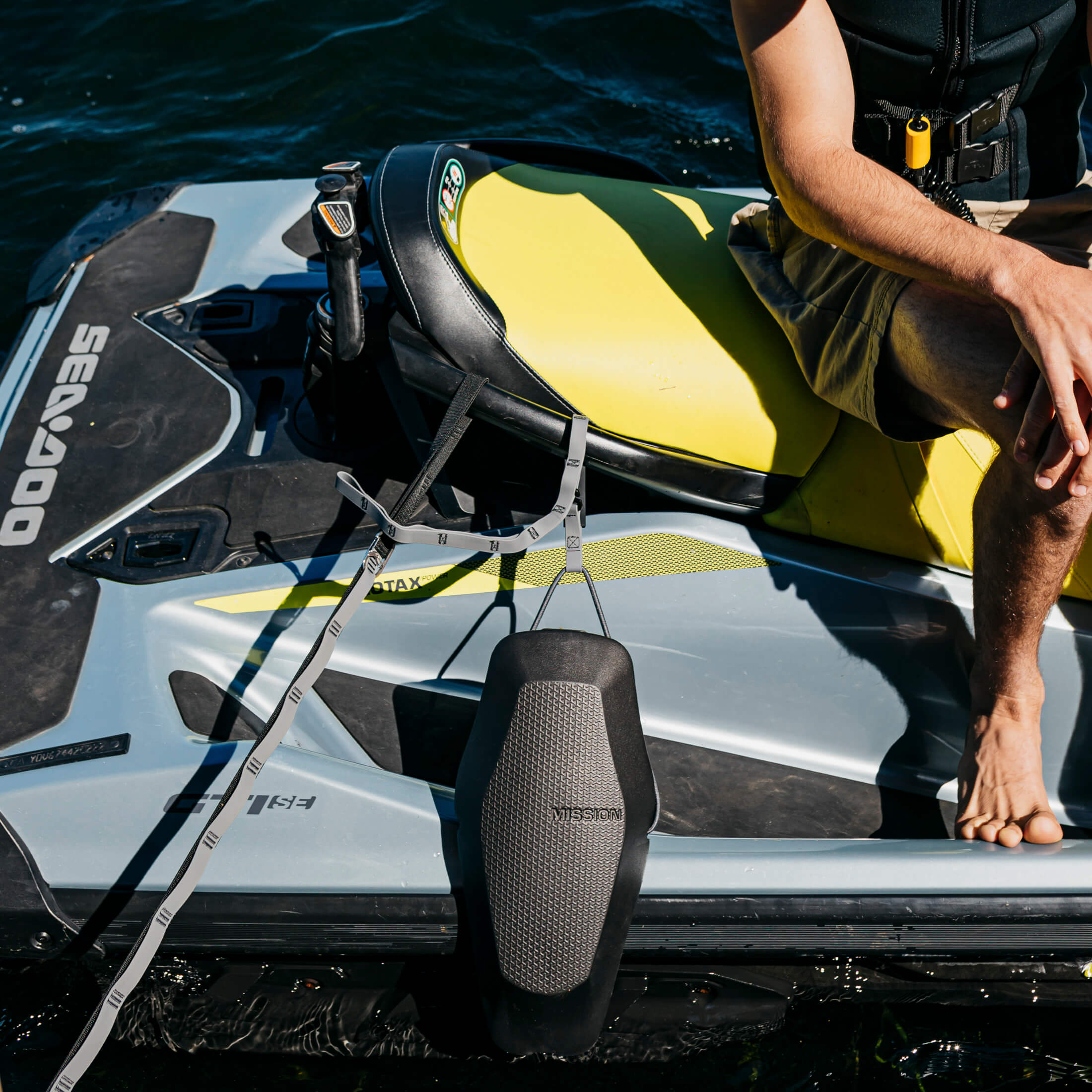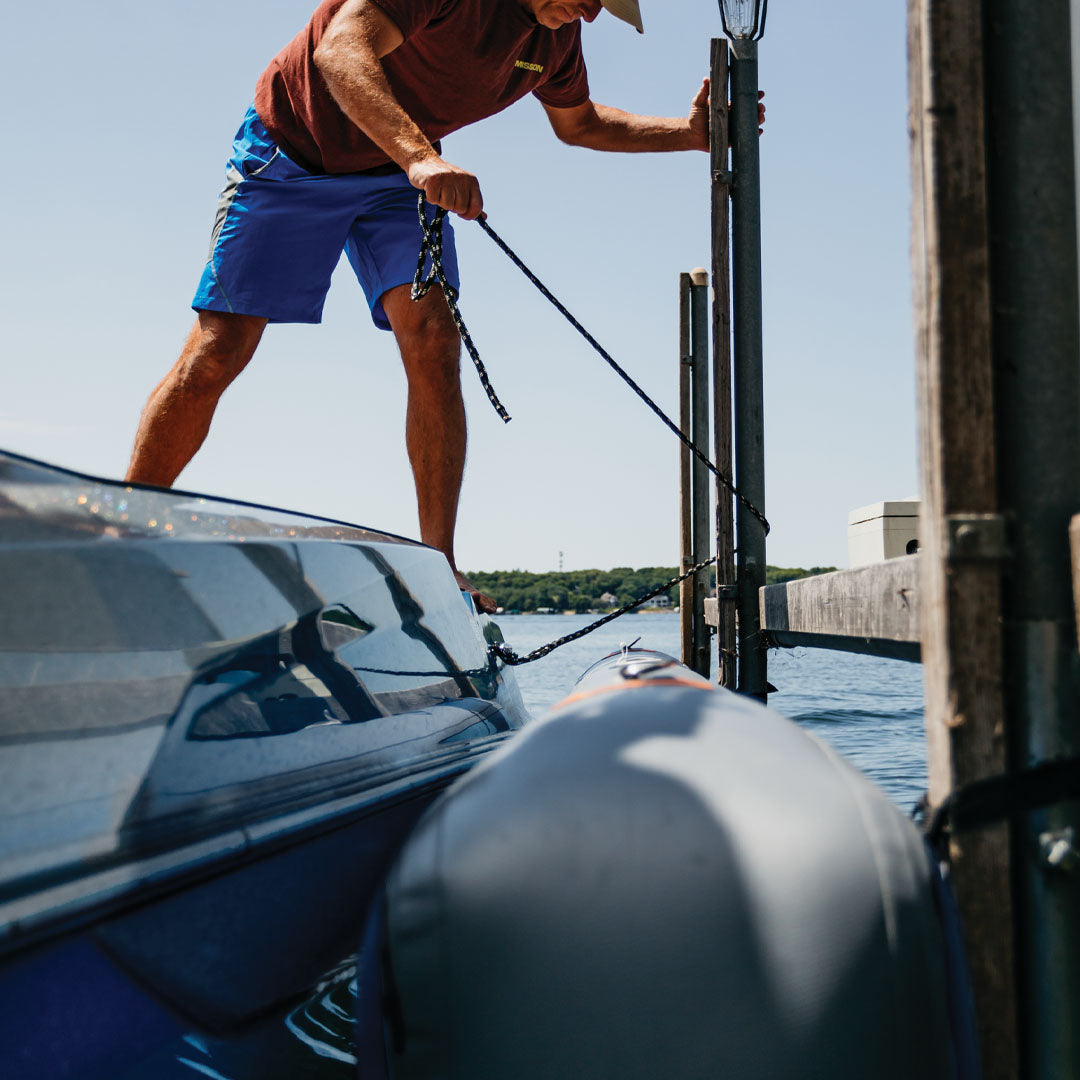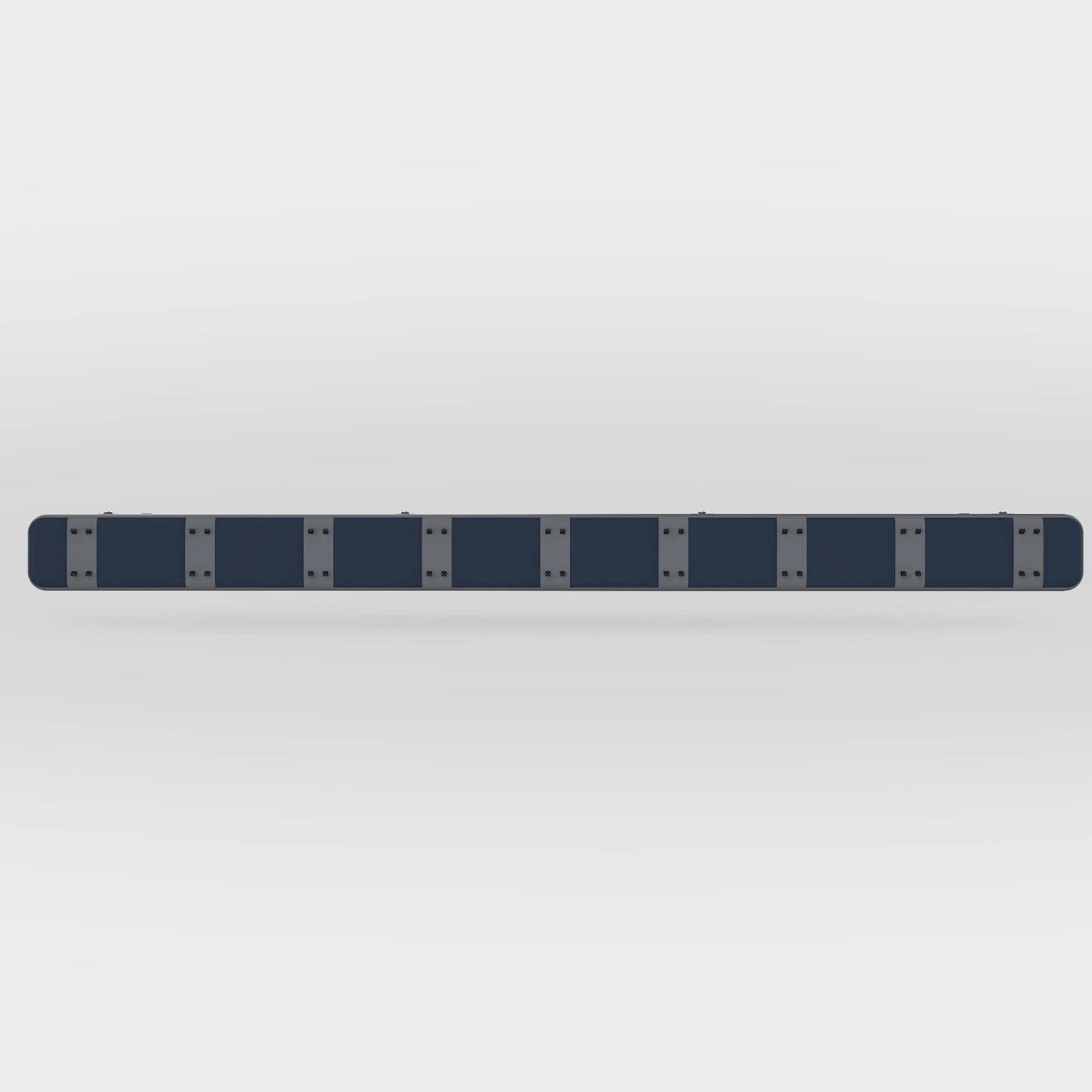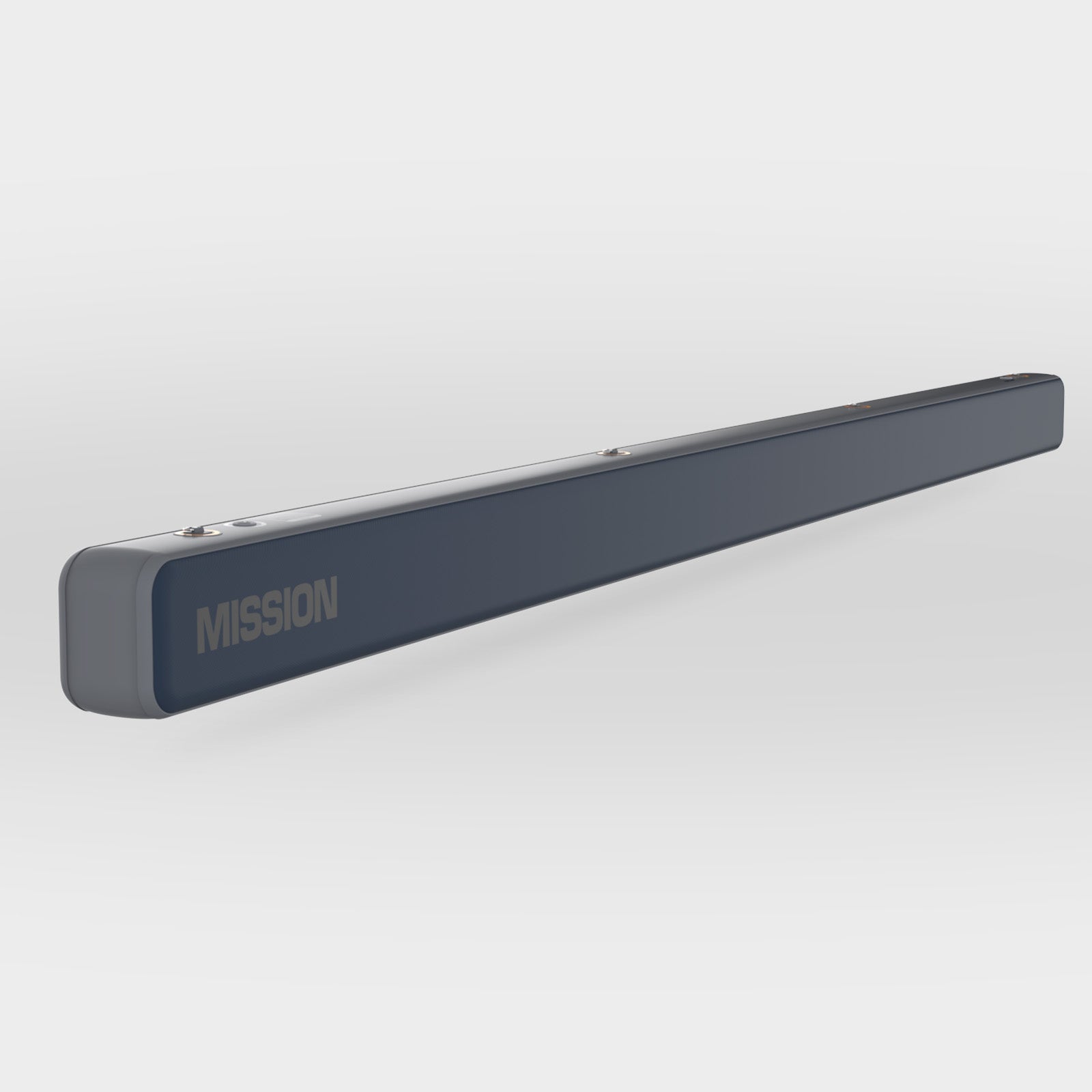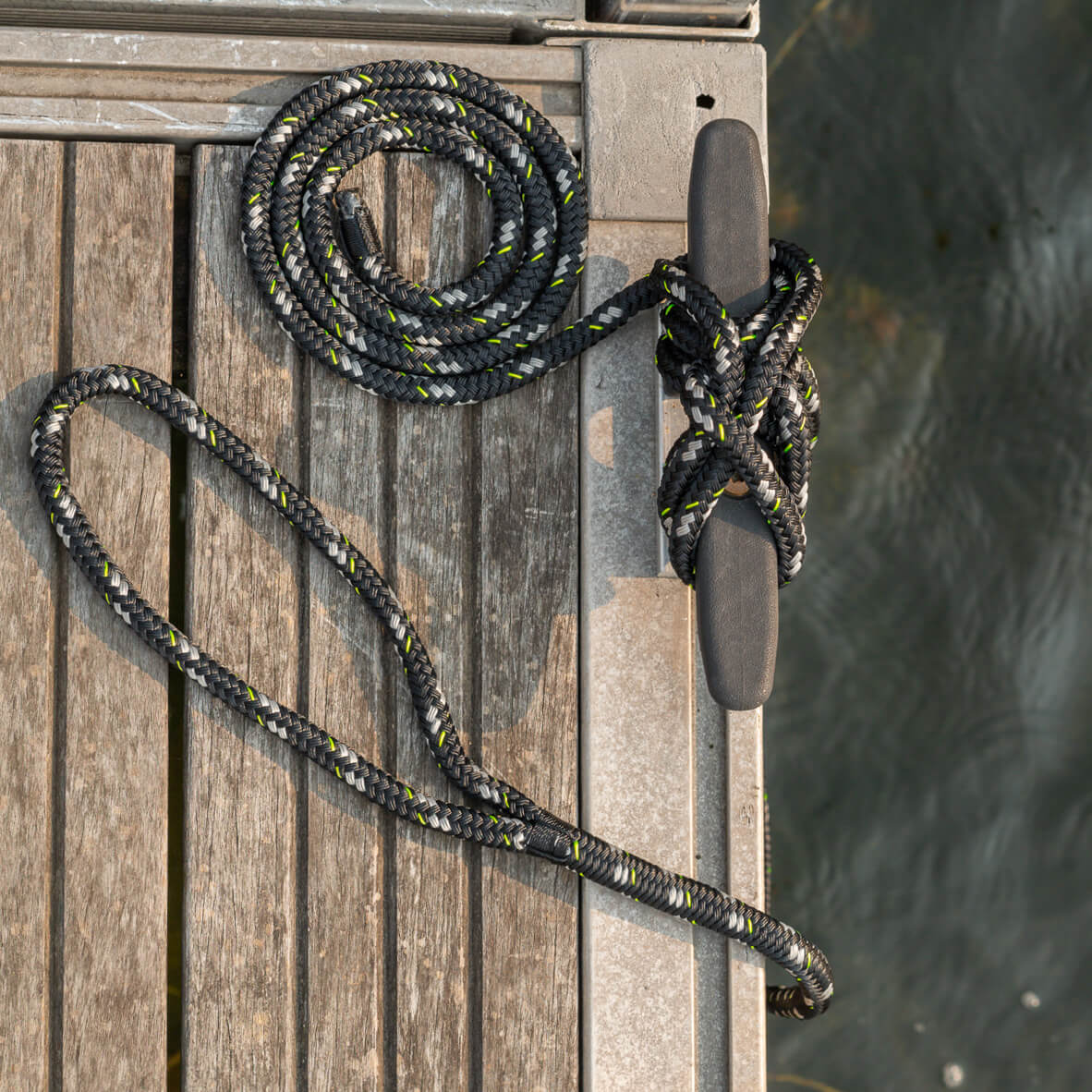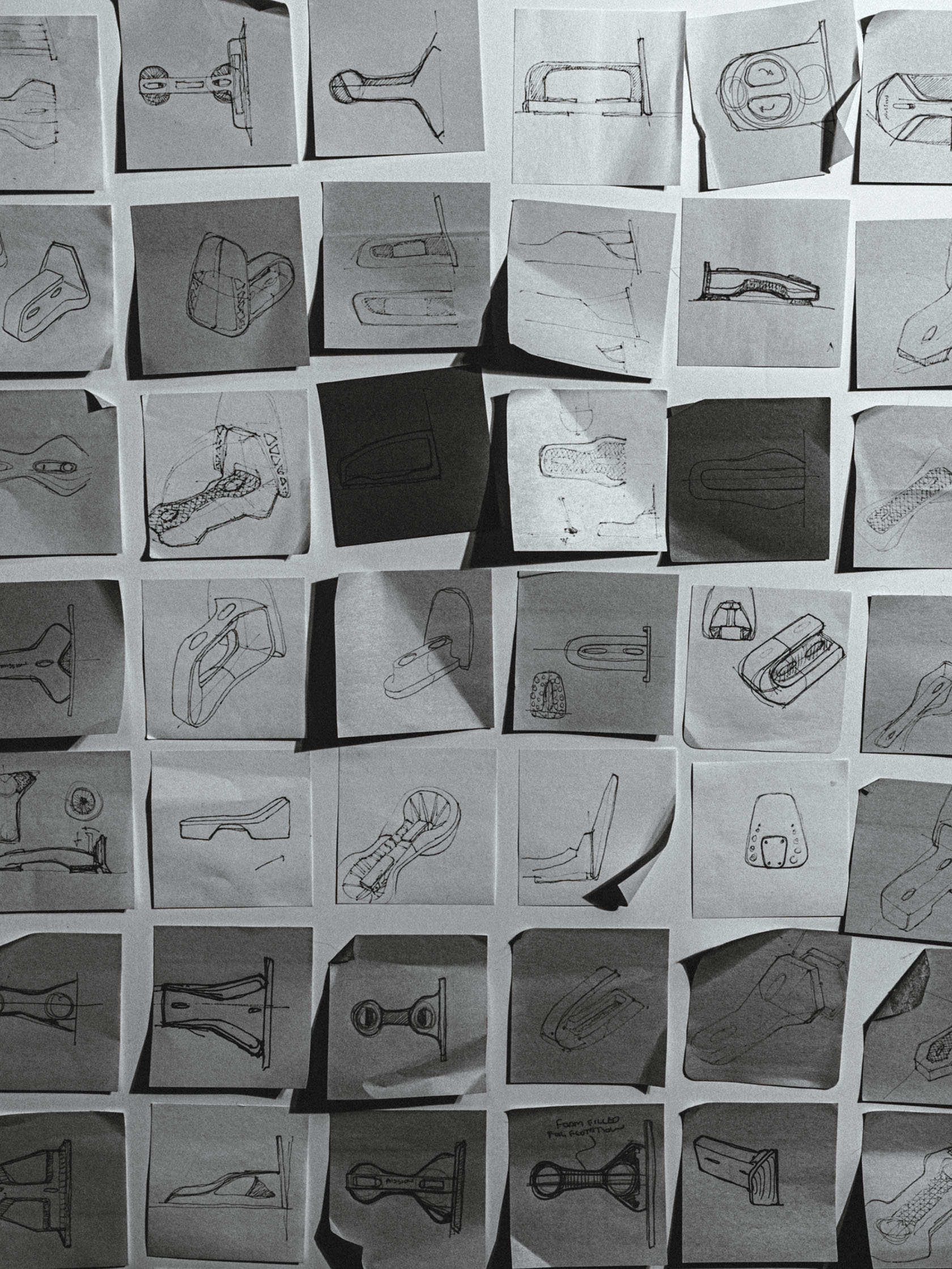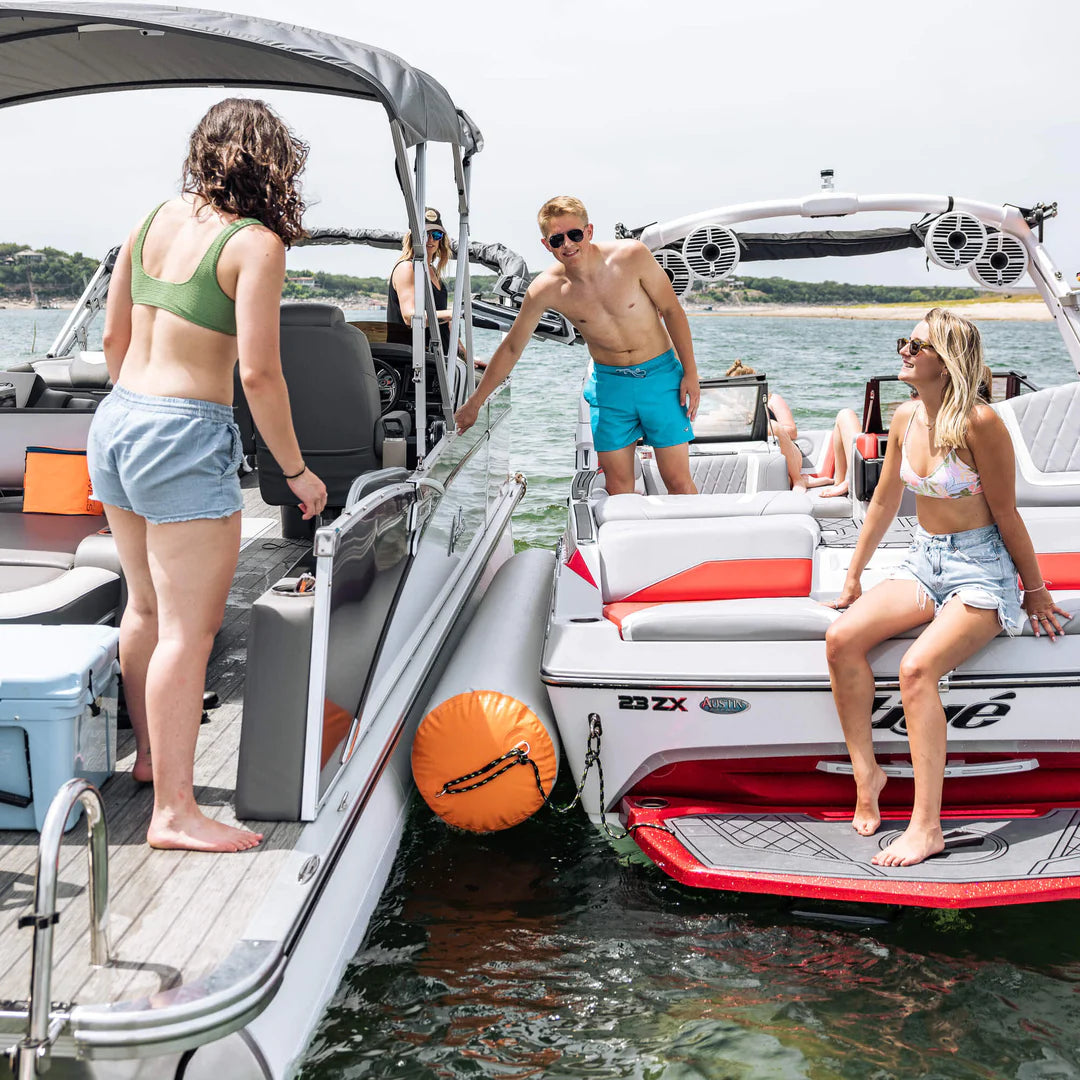This article includes all you need to know about selecting the right type, size, number and placement of boat fenders and bumpers to protect your boat and other watercraft.
How Do Boat Fenders and Bumpers Work?
Boat fenders and bumpers work to protect the hull and sides of a boat or other watercraft from damage by a dock (made of concrete, metal and or wood) or another boat nearby, and can be actively used while boating or passively used for docking and mooring applications for added protection.
Not all boat fenders and bumpers are created equally—and with the near limitless configurations and applications for using them, this guide aims to provide greater confidence to your decision on which ones to use, when.
Is There a Difference Between Boat Fenders and Bumpers?
While these two terms are often used interchangeably, boat fenders are typically considered a protective boating solution that attaches to or hangs from the side of a boat to protect the hull from hitting the edge of a dock or another boat.
On the other hand, bumpers (or dock bumpers) generally refer to a protective solution that attaches to the sides of a dock (or other boat in the case of a raft up or tie up) to protect the boat floating next to it or attached to it.
Common Types of Boat Fenders and Watercraft

Traditional Cylindrical (“Sausage”) Fenders
These cylindrical fenders can have one or two eyes on either end so you can tie a separate line to one or both ends for a vertical or horizontal deployment respectively. These old-school “sausage” fenders have been around for decades and are often more dificult to use on smaller boats (requiring additional ropes/lines and knot tying skills). In short, cylindrical fenders haven’t adapted to meet the needs of modern, recreational boaters.

Modern Rectangular, Molded and Flat Fenders
These more modern, rectangular, molded and flat fenders fit into a newer category of boat fenders that are designed for more specialized use to provide greater protection potential — and peace of mind — for your boat or watercraft. They are generally easier to use, provider equal or better protection, and are more aesthetically pleasing than the more traditional cylindrical fenders on the market. And because there are so many innovative products in this category, you can often use the same fenders for multiple applications for greater versatility of the same product.

Inflatable Fenders
Inflatable boat fenders can be used in general boating and docking situations, but can also be used for more specific use-cases. One of the more common uses for this type of fender is for the recreational boater during raft-ups/tie-ups on the open water or when anchored near shore. These fenders can help eliminate the worries of wind, waves and other boaters during tie-ups by putting a heavy-duty barrier between your boat and the surrounding unpredictabilities.

Round Fenders (or Buoy Fenders)
Round fenders have also been on the market for decades with an often wider, round shape that can be useful for a variety of applications where you need lots of cushioning at a specific location. These fenders work for specific recreational needs, though are most commonly favored by the commercial market by the likes of fishermen, tug boats, etc. for their heavy-duty (thicker walls).
Additional Specialty Fenders and Bumpers
- Pontoon Fenders: Pontoon fenders are designed in specialized shapes and styles to protect to make it easier (and more effective) to install and use them in protecting the delicate aluminum fencing and metal toons of your pontoon.
- Personal Watercraft (PWC)/Jet Ski Fenders: PWC fenders offer specialized and tailored protection to these smaller watercraft that often sit lower on the water, and are often designed with ease-of-use in mind for quick deployment in busy docking situations.
- Transom Mounted Fenders: These fenders protect the boat’s transom (or swim step/rear of boat) when docking stern-to (backed in) in a marina, typically found on larger boats.
- Rafting Cushions or Bumpers: These bumpers use similar materials of the more traditional “sausage” fender, but are designed and shaped (with a larger surface area) for improved protection during raft-ups/tie-ups in open water or can be tied up to dock pilings for a more permanent mooring application.
- Corner Dock Bumpers: These fenders offer additional protection for boats and docks alike on the corner of docks where accidents can easily happen when actively docking a boat or watercraft.
Choosing the Right Boat Fenders: A Size and Selection Guide
How Many Boat Fenders Do I Need?
As a general rule of thumb, no matter the style of fender you choose, you should have at least two (though ideally three) boat fenders for even the smallest boats to provide the greatest protection. For mid and larger-size boats, you should plan on having at least one fender or bumper available for every 10 feet of waterline per side. Aside from storing additional fenders, you won’t regret having backup fenders ready...just in case.
Do I Need Dock and/or Fender Lines, and How Many?
Yes, but it also depends!
Having the rights sizes and quantity of dock and fenders lines is crucial to ensuring a safe docking or raft-up/tie-up experience. You’ll also need separate fender lines for most types of fenders, though some of our products, like our flagship SENTRY fender, have been designed to not require additional fender lines since the straps to secure this fender are already integrated into the fender itself.
We’ve created this line selection and size chart FAQ to help you better understand dock and fender lines. Please use the chart and information in this article to determine exactly what you need.
Matching Fender and Bumper Colors to Your Boat.
Tough choice! Finding the best boat fender can be tricky—especially when you’re looking for something that is both sleek and stylish while providing top-notch protection. Luckily, MISSION Boat Gear has fender options that can do both. Our fenders and bumpers come in a variety of colors to match your boat.
In terms of picking a color to match your boat, the only judge of what will look good for your boat is YOU! That being said, we generally recommend staying away from trying to color match your fender to your boat, as no two colors are exactly the same and may look a little off. If you like a pop of color, you can choose a brighter fender color to standout against a more neutral boat color (or vice-versa).
An Innovative and Full Lineup of Boat Fenders and Dock Bumpers.
At MISSION, we’re dedicated to revolutionizing the boating and water sports world of equipment. Our strong design philosophy combines style and functionality to create products that not only perform well, but also look great. Check out our full lineup of boat fenders and bumpers that cover just about every use case needed for the recreational boater and in many cases, beyond.
Boats under 27'




Boats over 27'



Pontoons





PWC/Jet Skis




Day-use






Permanent mooring


Tie-ups and raft-ups




Upgrade Your Boat Protection Today
The best boat fenders and bumpers for your situation depend on several different factors, like your docking environment, the size of your boat, and more. It can be tough for boat owners to know which direction to go, but we hope you feel more confident in making an informed decision after reading this article.






